Cervical Lordosis
What is Cervical Lordosis
The absence of the proper curvature of the neck area of your spine is known as cervical lordosis.
Cervical lordosis is the natural forward curve of the cervical spine or neck. It is an important part of the spine’s structure and function, helping to support the weight of the head, distribute forces evenly, absorb shock, and allow for a wide range of motion.
Everyone has a small bend in their spine at the neck, upper back, and lower back. Your spine’s upper back is shaped like a S because of the lordotic (neck and lower back) and kyphotic (upper back) curvature.
Your body benefits from them in the following ways:
- Withstands shock
- Supports the weight of the head
- Align your head over your pelvis
- Maintains and stabilizes the neck’s supporting structures.
- Flexible movement and bending
A normal cervical lordosis curve measures between 20 and 40 degrees. Your neck should resemble a very broad C with the curve directed towards the back of your neck in a healthy spine. If the curve is too exaggerated (hyperlordosis), or too straightened (hypolordosis), it can lead to pain, stiffness, and other problems.
The natural c-shaped inward curve that defines the upper back and neck is referred to as good cervical lordosis.
Loss of cervical lordosis, which also affects the thoracic spine, causes it to grow straighter and introduces more abnormal spinal curvatures.
This occurs when the neck portion of the spine does not have the standard curve that it should.
This might refer to:
- There is an excessive curvature.
- Reverse cervical lordosis is another name for the curvature, which runs the incorrect way.
- The curvature has shifted to the right.
- The curvature has shifted left.
Basic Anatomy of the Cervical Spine
The cervical spine, also known as the neck, is the most superior portion of the vertebral column. It consists of seven vertebrae, labeled C1 through C7, and is responsible for supporting the weight of the head and allowing a wide range of motion.
Cervical Vertebra
The cervical vertebrae are smaller and lighter than the vertebrae in other regions of the spine. They have a number of unique features that allow the neck to be flexible and mobile.
- The atlas (C1) is the first cervical vertebra. It is ring-shaped and articulates with the skull at two points, the occipital condyles of the occipital bone. This allows for a wide range of head movements, including nodding, shaking, and tilting.
- The axis (C2) is the second cervical vertebra. It has a peg-like projection on its top surface, called the odontoid process, which fits into a notch in the atlas. This permits the head to turn from side to side.
- The remaining five cervical vertebrae (C3-C7) are more typical in shape. They have a body, pedicles, laminae, spinous processes, and facet joints. The facet joints allow the vertebrae to glide against each other, providing for smooth movement of the neck.
Intervertible disk
The cervical vertebrae are separated by intervertebral disks. These disks act as cushions and shock absorbers, and they also help to distribute the weight of the head evenly across the cervical spine.
Spinal cord and nerves
The spinal cord conducts via the center of the cervical spine. It is a bundle of nerves that carries messages between the brain and the rest of the body. The cervical nerve roots exit the spinal cord between the vertebrae and travel to the muscles, skin, and other tissues of the neck, shoulders, arms, and hands.
Muscles, Tendons, and Ligaments
The cervical spine is surrounded by a complex network of muscles, tendons, and ligaments. These structures provide support and stability to the neck, and they also allow the neck to move freely. The muscles, tendons, and ligaments of the cervical spine work together to provide support, stability, and movement to the neck. The muscles allow the neck to move in a wide range of directions, while the tendons and ligaments help to keep the cervical vertebrae in place and prevent excessive movement.
Function of the Cervical Spine
The cervical spine has a number of important functions, including:
- Supporting the weight of the head: The cervical spine supports the weight of the head, which is about 10-12 pounds. This allows us to hold our heads up and move them freely.
- Protecting the spinal cord: The cervical spine protects the spinal cord from injury. The spinal cord is a bundle of nerves that takes transmissions between the brain and the rest of the body.
- Allowing for movement of the head and neck: The cervical spine allows us to move our heads and necks in a wide range of directions. This allows us to look around, nod, shake our heads, and tilt our heads from side to side.
Cause of Cervical Lordosis
The cervical spine in the neck loses its normal c-shaped curvature and becomes straighter when there is a lack of cervical lordosis, or the curve can be reversed, known as a “reverse curve.”
As the neck curve connects the brain to the rest of the body, it is crucial to have a healthy neck curve. Additionally, it supports the head’s weight and uniformly distributes it throughout the spine.
Loss of Cervical Lordosis
A condition known as “military neck” can occur when there is a lack of cervical lordosis, causing the neck to become abnormally straight and introducing a forward head position, giving the illusion that the individual is standing at attention from the outside.
The entire spine’s biomechanics are affected when the cervical lordosis is straightened; this increases the risk of injury, reduces the spine’s capacity to support the weight of the head, increases pressure on the spinal discs (which causes disc degeneration), and may result in adverse muscle and joint strain.
There are a number of things that can cause cervical lordosis, including:
- Poor posture: Slouching or hunching over can put excessive strain on the neck muscles and ligaments, increasing the cervical lordosis curve.
- prolonged amounts of time spent looking down at screens.
- The term “tech neck,” which is frequently used to describe the damage that prolonged looking at a computer can cause to the neck, spine, and general posture is utilized.
- Obesity: Excess weight can put additional stress on the spine, including the neck.
- Osteoporosis: This condition weakens the bones and increases their susceptibility to fractures. It can also lead to a loss of bone density in the spine, which can contribute to cervical lordosis.
- Degenerative disc disease: Degenerative disc disease is a condition that causes the discs between the vertebrae in the spine to break down. This can lead to a loss of height in the discs and a straightening of the cervical spine.
- Spondylolisthesis: One vertebra sliding forward over the vertebra below it is known as spondylolisthesis. This can cause a decrease in the cervical lordosis curve.
- Traumatic injury: A traumatic injury to the neck, such as a whiplash injury, can also cause cervical lordosis.
Types of Cervical Lordosis
There are two main types of cervical lordosis:
- Hyperlordosis: This is when the curve of the neck is excessive. It can cause neck pain, headaches, and muscle tension.
- Hypolordosis: This is when the curve of the neck is too flat or even reversed. It can also cause neck pain, as well as headaches, muscle spasms, and decreased range of motion.
Symptoms of Cervical Lordosis
Mild cervical lordosis usually does not cause any symptoms. However, more severe cases of cervical lordosis can cause a number of problems, including:
- Neck pain, which may extend to the shoulders and upper back
- Headaches
- Shoulder pain
- Neck and shoulder stiffness and spasms of the muscles
- Decreased range of motion in the neck (Limited mobility)
- Difficulty swallowing
- Dizziness
- Cervical disc degeneration (increased chance of getting a bulging or herniated disc)
These might be symptoms of a more serious condition, such as a nerve being compressed.
- Tingling
- Numbness
- Electric shock-type aches in the arms, legs, and feet
- Inadequate bladder control
- Weakness
- Difficulties in keeping muscles under control
Diagnosis of Cervical lordosis
Cervical lordosis can be diagnosed through a physical examination and imaging tests, such as X-rays or MRI scans.
- Physical examination:
- Your doctor will assess your posture and look for any abnormal spine curvature during the physical exam. Bend tests are part of diagnostic testing. Additionally, they will evaluate your range of motion and look for any muscular soreness or weakness.
- These findings aid in identifying any issues related to cervical lordosis or other comparable diseases.
- Imaging tests:
- To gain a better understanding of your spine and rule out any other underlying disorders, your doctor may conduct imaging tests if they have a suspicion that you have cervical lordosis. The following imaging exams are frequently used to identify cervical lordosis:
- X-rays: X-rays can display your spine’s alignment and degree of curvature.
- MRI scans: MRI scans can provide you with more accurate pictures of your spine and the tissues around it.
- CT scans: Although they may also produce in-depth pictures of your spine, CT scans are less frequently used than MRI scans to identify cervical lordosis.
- Diagnosis of the underlying cause
- Once cervical lordosis has been diagnosed, your doctor will work to identify the underlying cause. This may involve additional tests, such as blood tests, nerve conduction studies, or electromyography (EMG).
Differential Diagnosis for Cervical Lordosis
The differential diagnosis for cervical lordosis includes:
- Congenital disorders such as Klippel-Feil syndrome, congenital scoliosis, and congenital kyphosis
- Neuromuscular disorders, such as cerebral palsy, muscular dystrophy, and spinal muscular atrophy
- Infections such as spinal tuberculosis
- Inflammatory diseases such as rheumatoid arthritis
- Tumors like Ewing’s sarcoma and osteoid osteoma
- Metabolic diseases such as rickets and osteoporosis
- Trauma
- Bad posture
- Elements connected to work, such as extended periods of sitting or standing
The following conditions, in particular, can be misinterpreted for cervical lordosis:
- Forward head posture: This is a common condition in which the head is tilted forward and the neck is flattened. It can be caused by poor posture, prolonged computer use, or other factors.
- Kyphosis: This is a curvature of the spine that causes the upper back to hunch forward. Numerous things, such as bad posture, osteoporosis, and Scheuermann’s illness, might contribute to its development.
- Scoliosis: This is a curvature of the spine that causes it to bend sideways. It can be caused by a variety of factors, including genetics, neuromuscular disorders, and tumors.
If you are experiencing symptoms of cervical lordosis, it is important to see a doctor to get a diagnosis and discuss treatment options.
Treatment of Cervical Lordosis
Treatment for cervical lordosis depends on the underlying cause and the severity of the symptoms.
The prescribing of drugs like muscle relaxants and painkillers is possible in particular cases.
In most cases, non-surgical treatments, such as physical therapy and exercise, are effective in relieving pain and improving range of motion.
In severe cases of cervical lordosis, surgery may be necessary to correct the curvature of the spine.
Medications for Cervical Lordosis
In some cases, medications may be prescribed to help relieve pain and inflammation. Medications that may be used to treat cervical lordosis include:
- Over-the-counter pain relievers: Painkillers available over the counter, such as acetaminophen and ibuprofen, can assist to lessen inflammation and pain.
- Prescription pain relievers: If over-the-counter pain relievers are not effective, prescription pain relievers may be prescribed by doctors.
- Muscle relaxants: Muscle relaxants can help to reduce muscle spasms and pain.
Physiotherapy treatment of Cervical Lordosis
Physiotherapy can help to improve range of motion, strengthen the neck and shoulder muscles, and reduce pain. Physiotherapists may use a variety of techniques, such as:
- Manual therapy: Manual therapy involves hands-on techniques to stretch and massage the muscles and joints.
- Bracing: A brace may be used to support the spine and prevent further curvature.
- Modalities: Modalities such as heat, ice, and electrical stimulation can be used to reduce pain and inflammation. Electrical stimulation is a modality that uses electrical currents to stimulate the muscles of the neck. This can help to reduce pain, improve muscle strength, and increase range of motion.
- Exercise: Exercise can help to strengthen the neck and shoulder muscles and improve the range of motion.
Exercise for Cervical Lordosis
Exercise is an important part of managing cervical lordosis. Exercises that can help to improve range of motion and strengthen the neck and shoulder muscles include:
Chin tucks

- Sit or lie down with your neck and spine in a neutral position.
- Slowly tuck your chin towards your chest, keeping your lips relaxed.
- Maintain for 5 seconds, then gradually return to the starting position.
- Repeat 10-15 times.
Neck rotations
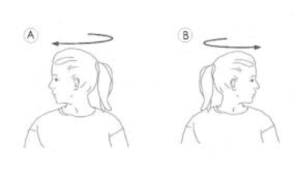
- Sit or lie down with your neck and spine in a neutral position.
- Slowly slide your head backward, keeping your chin parallel to the floor.
- Maintain for 5 seconds, then gradually return to the starting position.
- Repeat 10-15 times.
Shoulder shrugs
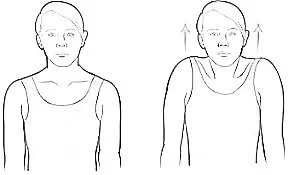
- To do a shoulder shrug, stand with your arms at your sides.
- Extend your shoulders up towards your ears and maintain for 5 seconds.
- Repeat 10 times.
Cervical extension

- Sit or lie down with your neck and spine in a neutral position.
- Tilt your head back gradually so that you are looking up at the ceiling.
- Maintain for 5 seconds, then gradually return to the starting position.
- Repeat 10-15 times.
Shoulder retraction
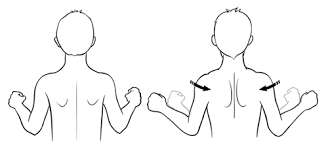
- Seat or stand with arms at your sides.
- Slowly pull your shoulder blades back and down towards your spine.
- Hold for 5 seconds, then slowly relax.
- Repeat 10-15 times.
Upper back stretch
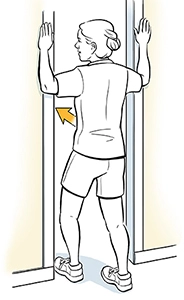
- Your forearms should be resting on the doorframe while you stand in a doorway.
- Bend forward until you sense a stretch in your upper back.
- Hold for 15-30 seconds, then slowly relax.
- Repeat 2-3 times.
It is important to do these exercises slowly and carefully to avoid any pain or discomfort. If you encounter any discomfort, discontinue the exercise and consult with your physician or physiotherapist.
You should also talk to your doctor or physical therapist before starting any new exercise program, especially if you have any underlying health conditions.
Surgery for cervical lordosis
Surgery is usually only recommended for severe cases of cervical lordosis that do not respond to other treatments. The goal of surgery is to correct the curvature of the spine and relieve pressure on the nerves and spinal cord.
Prevention for cervical lordosis
There are no specific guidelines for preventing cervical lordosis, but there are some things you can do to maintain good posture and spine health, which can help to reduce your risk of developing this condition. These include:
- Maintaining a healthy weight. Excess weight can put additional stress on your spine, which can increase your risk of developing cervical lordosis.
- Exercising regularly. Exercise helps to strengthen the muscles that support your spine, which can help to improve your posture and reduce your risk of developing spinal problems. Exercises that can be particularly beneficial for cervical lordosis include neck stretches, shoulder shrugs, and rowing exercises.
- Maintaining good posture. Good posture helps to keep your spine in alignment and reduces the stress on your neck and back. When standing, try to keep your back straight and your shoulders relaxed. When sitting, make sure your chair has good lumbar support and that your feet are flat on the floor.
- Avoid long periods of seating or standing in one position. If you have to sit or stand for long periods of time, try to take breaks to move around every 20-30 minutes.
- Use a supportive pillow and mattress. When you sleep, your pillow and mattress should support your spine in its natural alignment. Avoid using pillows that are too high or too low, as this can put additional strain on your neck.
If you have any concerns about your spine health, be sure to talk to your doctor. They can assess your risk of developing cervical lordosis and recommend specific exercises and lifestyle changes to help you maintain a healthy spine.
Here are some additional tips that may help to prevent cervical lordosis:
- Avoid carrying heavy objects on one shoulder.
- Avoid using a computer or phone for long periods of time with your head tilted forward.
- When using a computer, make sure your monitor is at eye level.
- Take breaks from driving to stretch your neck and shoulders.
- Avoid sleeping on your stomach.
Summary
An excessively inward bend of the neck spine is referred to as cervical lordosis. Congenital diseases, poor posture, and traumas are a few of the causes and risk factors.
In addition to imaging studies, doctors can frequently detect cervical lordosis with a physical examination.
A person with minor cervical lordosis often does not need treatment, but if the curvature is painful, they may benefit from physical therapy or over-the-counter medications. Surgery can be needed for severe lordosis.
FAQs
What is cervical lordosis?
Cervical lordosis is the natural forward curve of the spine in the neck. It is a healthy curve that helps to support the weight of the head, absorb shock, and maintain proper neck alignment.
What causes the loss of cervical lordosis?
There are many possible causes for a loss of cervical lordosis, as is the case with the majority of spinal conditions, but among those that occur most frequently are what has come to be known as tech neck, unequal weight distribution, persistent poor posture, living a sedentary lifestyle, and the existence of an underlying spinal condition like scoliosis.
How is cervical lordosis treated?
NSAID medications, lessen inflammation and discomfort.
Physiotherapy treatment helps to improve range of motion and muscle strength.
Programs for losing weight lighten the stress and enhance posture.
nutritional supplements (calcium, vitamin D) to promote bone health
Is the loss of cervical lordosis painful?
If your neck no longer has this natural curvature, you may have chronic neck and/or head pain and even the sensation that your head is too heavy for your neck.
Does cervical lordosis cause headaches?
A headache episode lasts longer in patients with cervical lordosis loss than in those without. Longer cervicogenic headache attacks.may be specifically related to loss of cervical lordosis.
References
- Lippa, L., Lippa, L., & Cacciola, F. (2017). Loss of cervical lordosis: What is the prognosis? Journal of Craniovertebral Junction & Spine, 8(1), 9-14. https://doi.org/10.4103/0974-8237.199877
- Lordosis. (2023, September 3). In Wikipedia. https://en.wikipedia.org/wiki/Lordosis
- Phillips, J. (2023, June 16). Cervical Lordosis Treatment. Scoliosis. https://scoliosisinstitute.com/cervical-lordosis-treatment/
- Clear. (2020). Understanding your spine: cervical lordosis. CLEAR Scoliosis Institute. https://clear-institute.org/blog/cervical-lordosis/

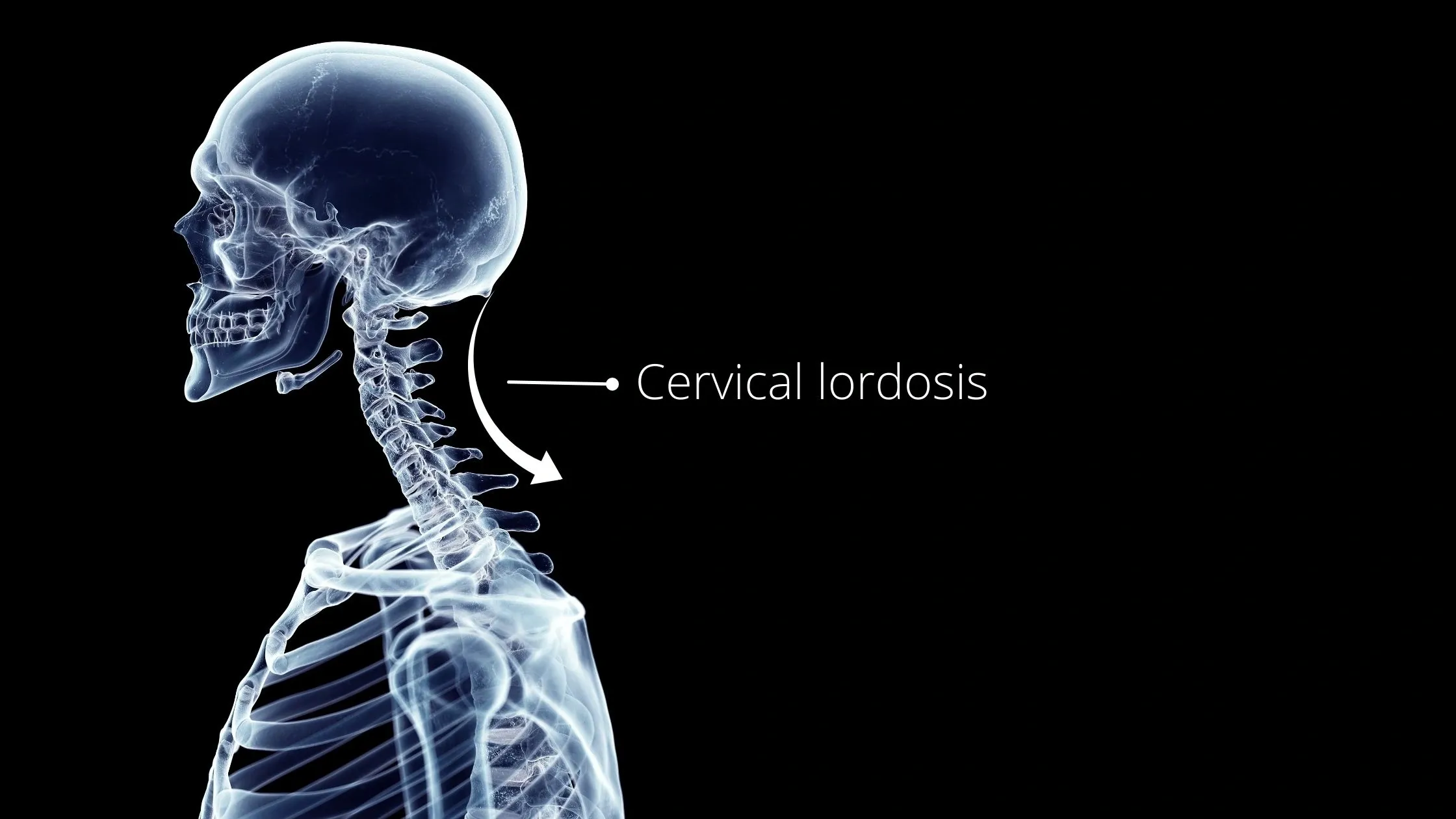
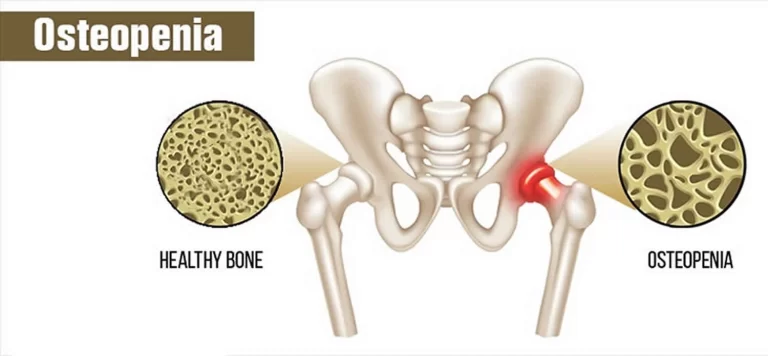
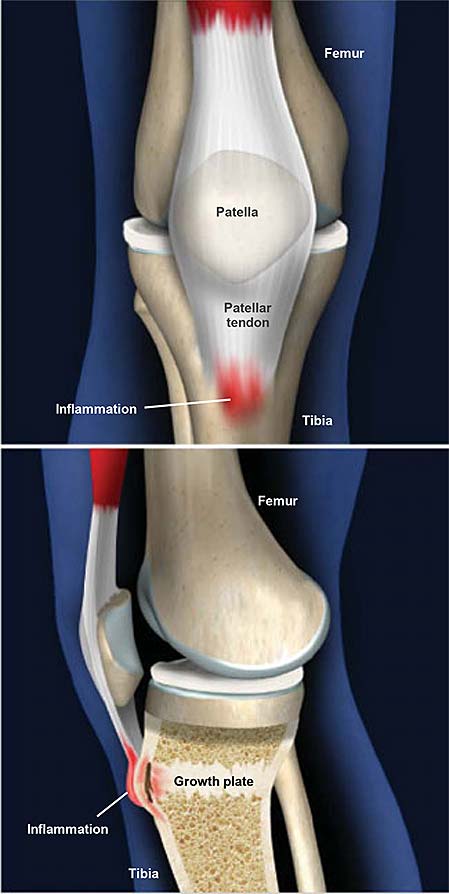
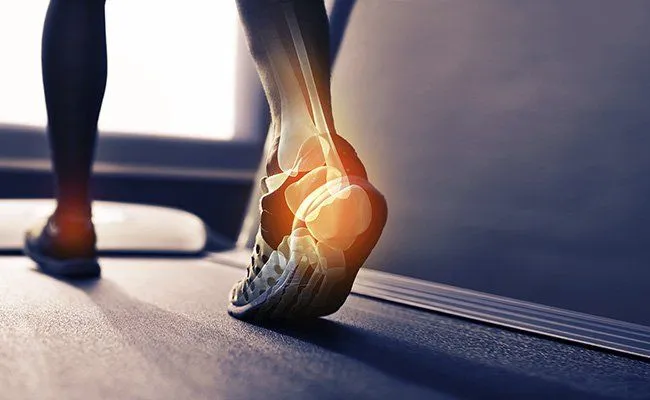
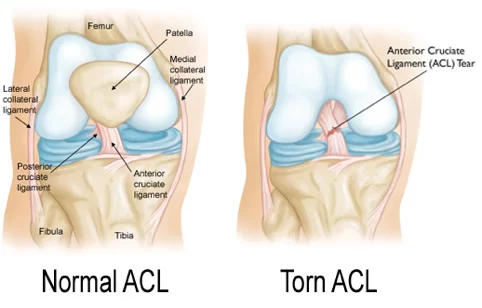
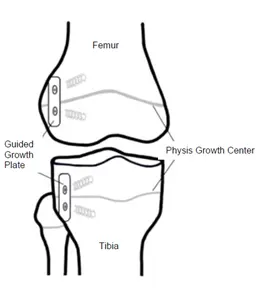
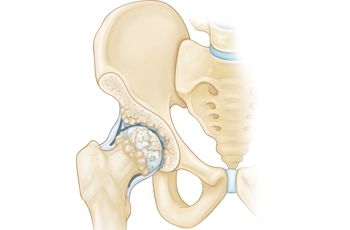
One Comment